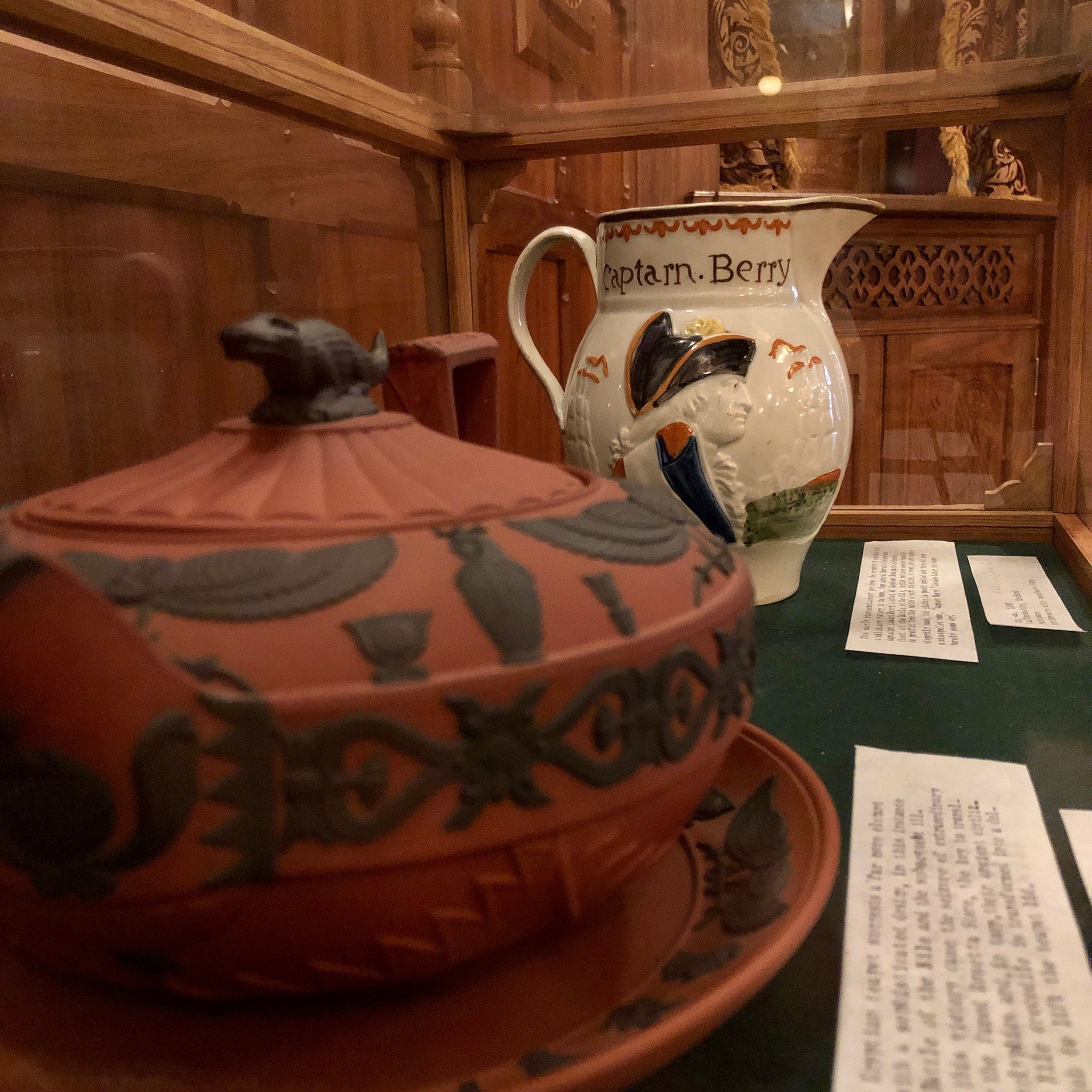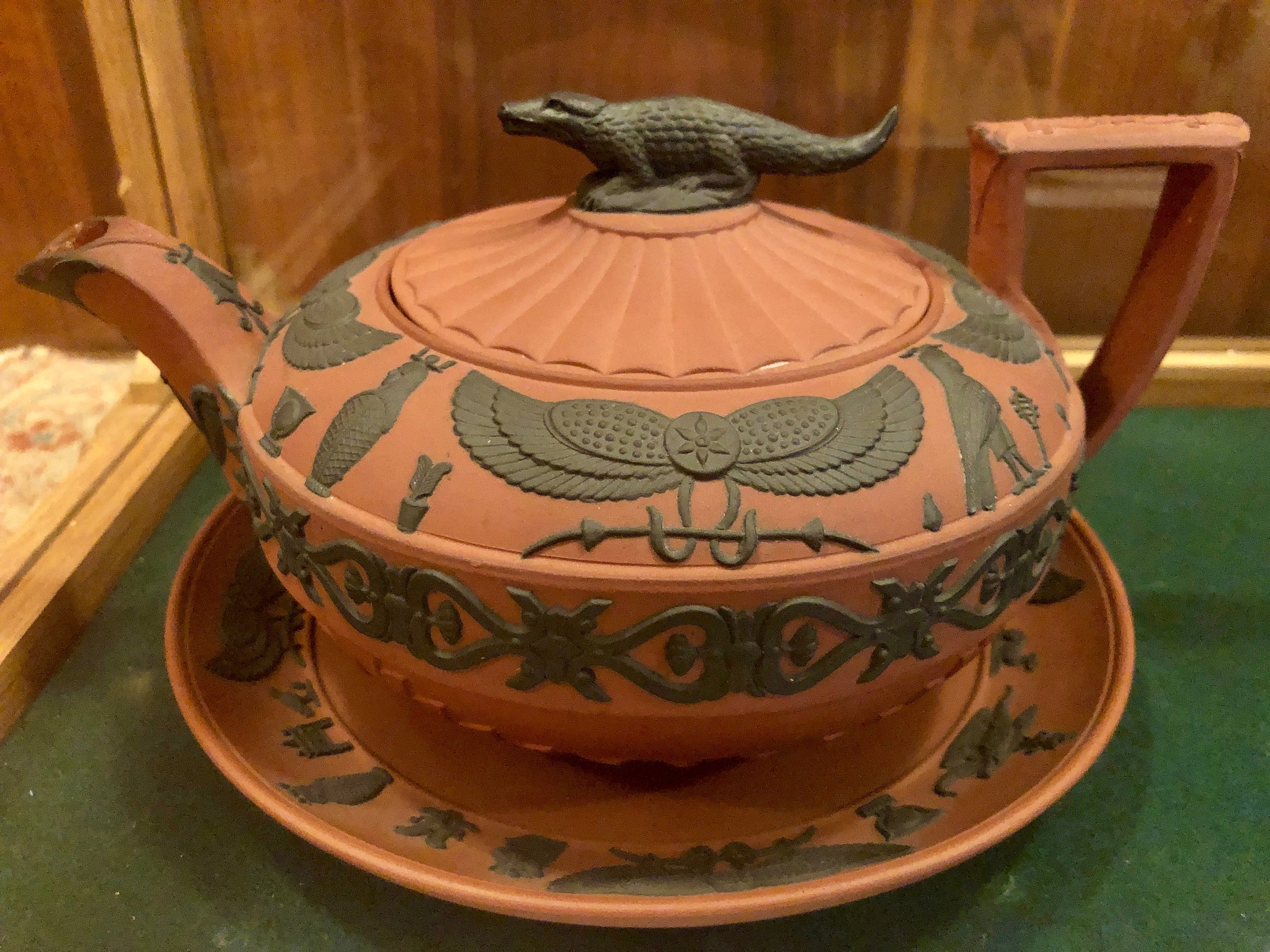Some objects are so alluring that they take a collector off well worn collecting paths. Such is the story I must recount regarding a pair of new acquisitions that feature the infamous French Emperor, Napoleon Bonaparte. In his lifetime he was known by many different names—the Corsican Fiend and the Tiddy Dollmaker – but none may be so fitting as poet Lord Byron’s designation of the French Emperor as the God of Clay. His ubiquity on ceramic wares at the time seemed unprecedented to many observers.
When I first found the flattering British depiction of the French Emperor in the form of a small English bust, it struck me as odd. Why would there be a complimentary portrait of that Nightmare of Europe given the widespread English dislike of the diminutive general? There was certainly a ready market across the Channel and perhaps these pieces were mostly exported. Or, it also could be that this bust was made during the 1802 peace treaty between England and France. That peace was short-lived, as Napoleon menacingly placed his naval fleet directly across the English Channel to threaten invasion at any time.
Shortly after acquiring my Napoleon figure, an antiques dealer brought to my attention a most startling ceramic crafted by a cunning British potter who used the same plaster mold to create a very different type of “Ceremonial” object. At the bottom of a rather large chamber pot there sits Napoleon, condemned now to “Pereat” or perish in loos across this nation. As a student of history, I must add that a cruel truth belies the humor of this vessel because the excessive war taxes needed to defend the nation against Napoleon’s threatened advance sadly caused heartbreaking economic hardship to many across Great Britain.


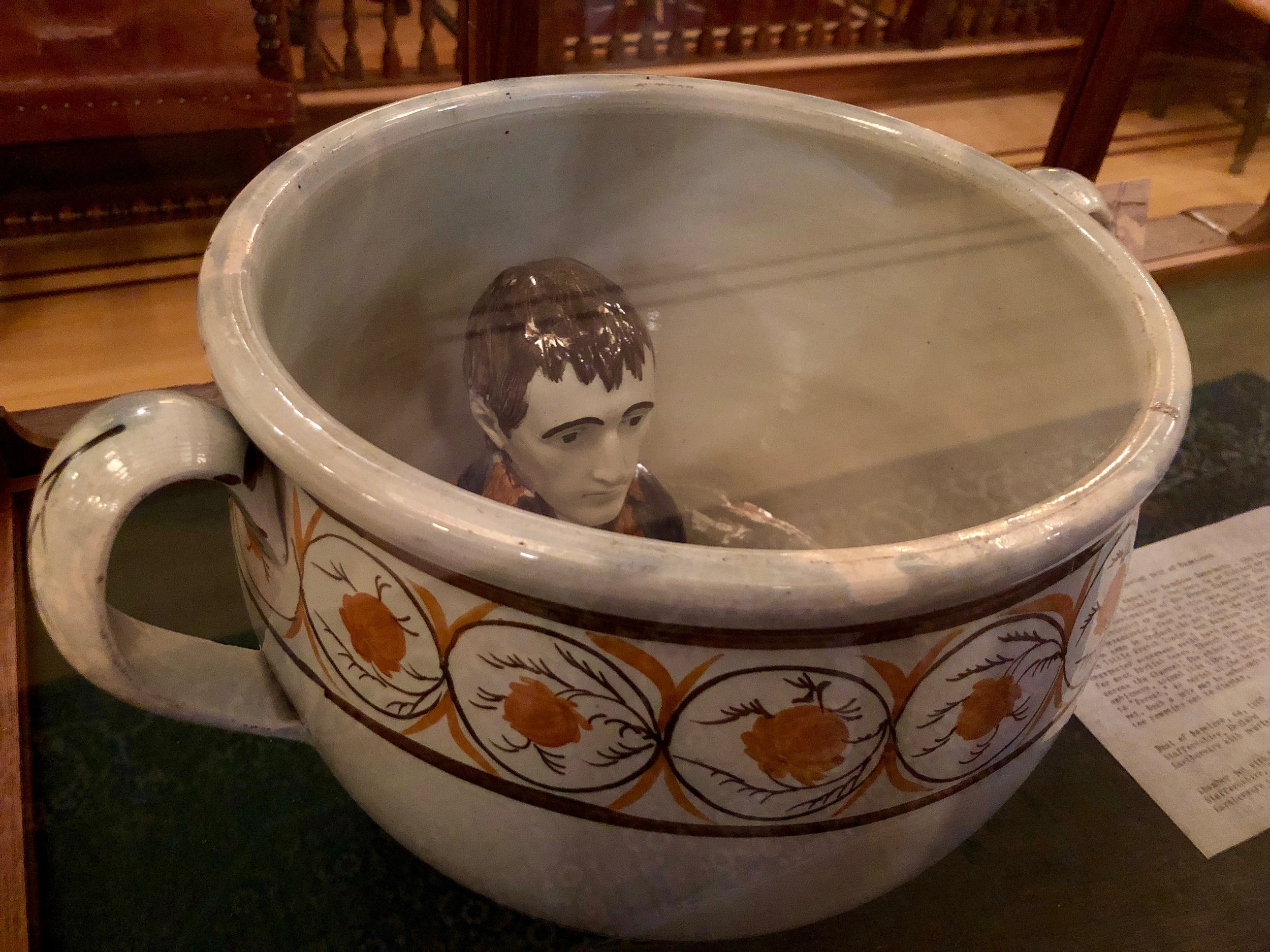
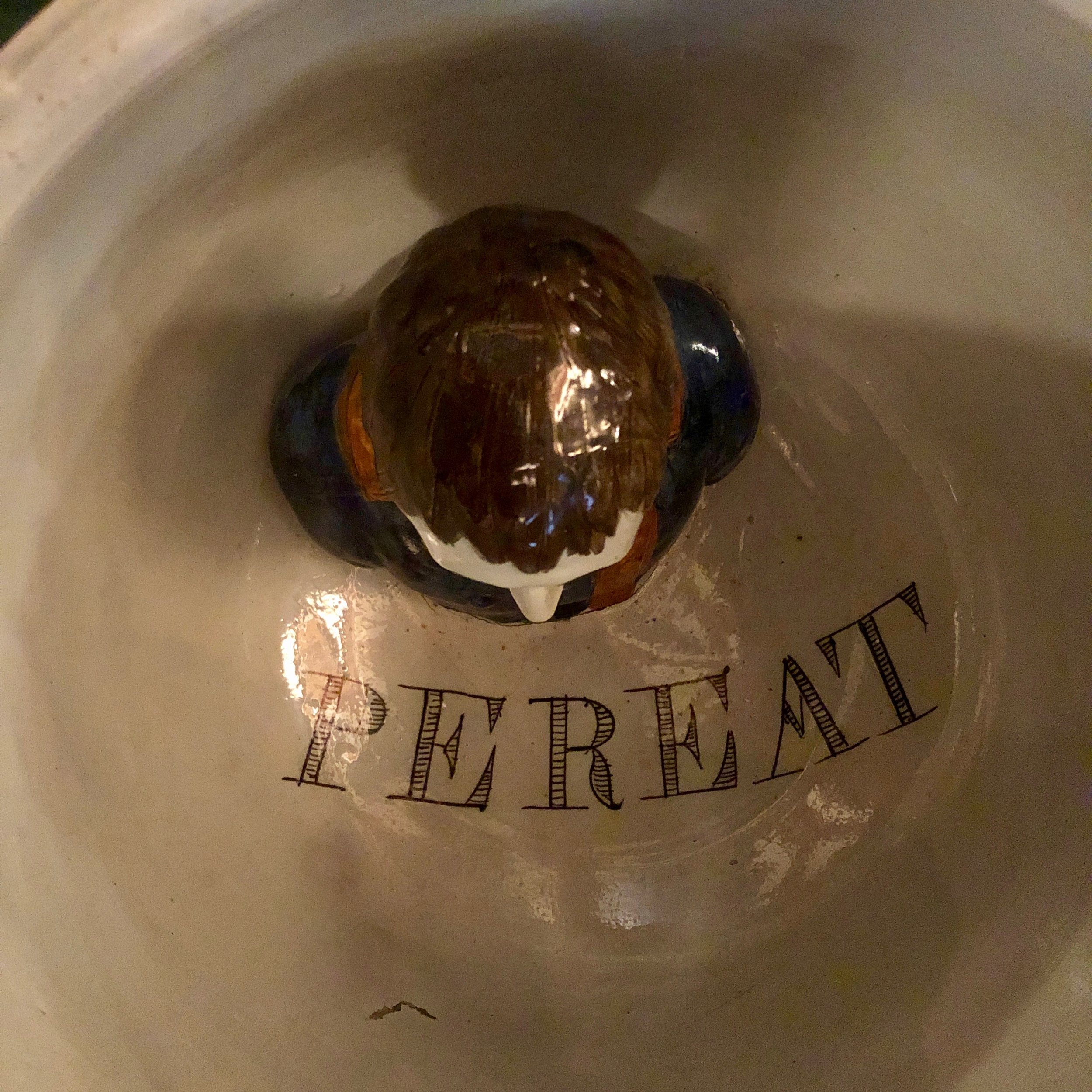
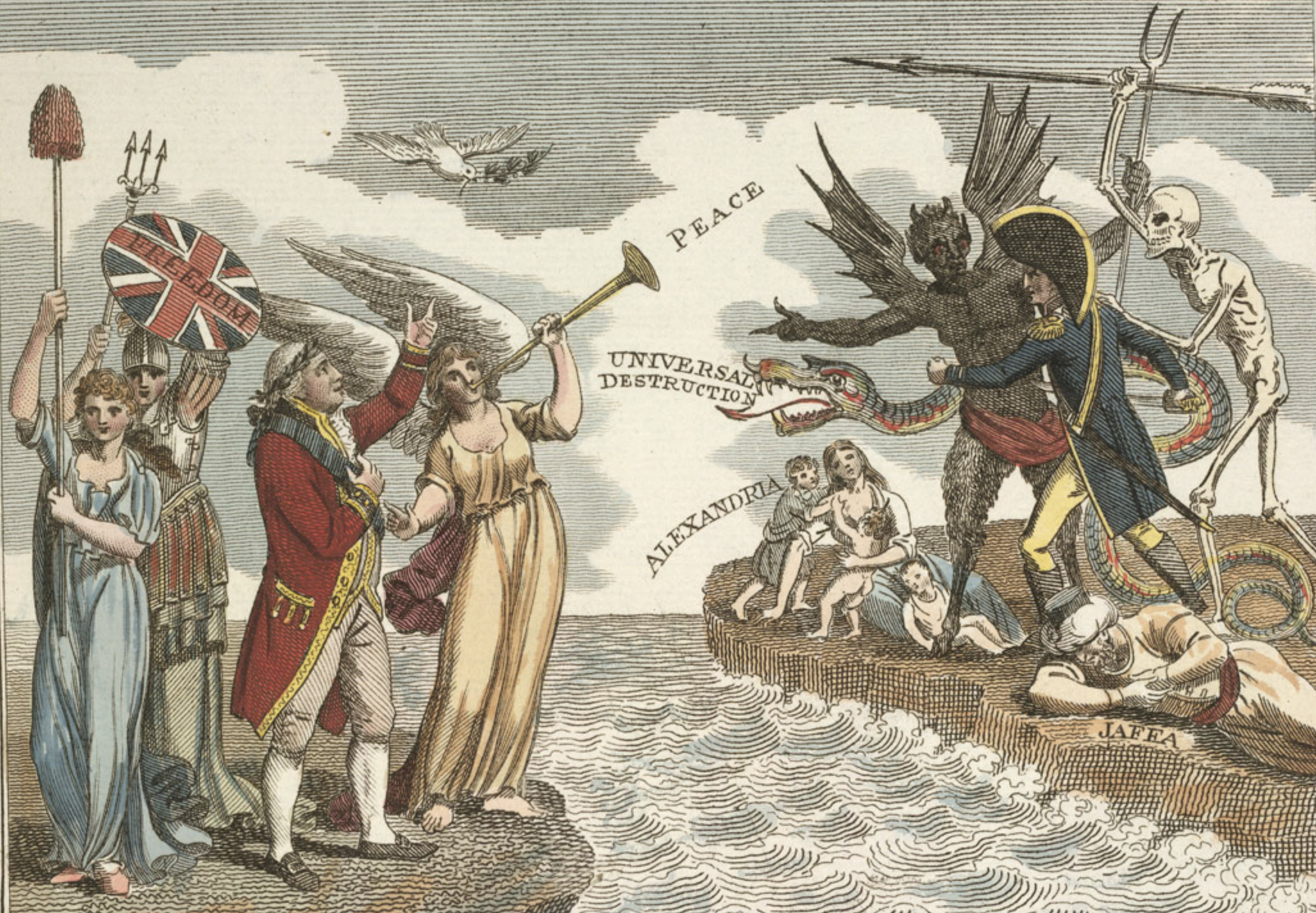
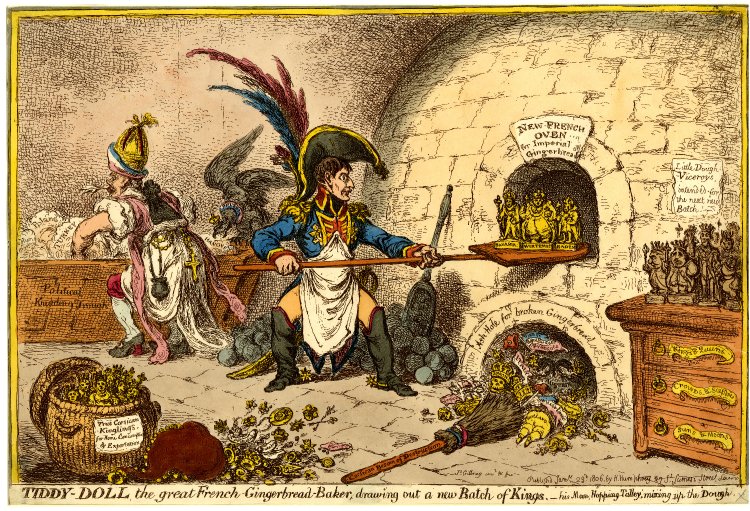
Other items in my collection celebrate English military victory. These two contrasting items both commemorate the English defeat of Napoleon Bonaparte’s French fleet at the Battle of the Nile.
The first is the result of English potters working hastily to profit from the nation’s rapt attention to victories by honoring Admiral Horatio Nelson and Captain Edward Berry. Its rush job quietly undermines this honor, for the glazing is poorly applied and there is even a misspelled name, “Captarn Berry.” Decades later the glaze barely seems dry!
Josiah Wedgwood’s Egyptian teapot suggests a far more elegant fad for victory, with a sophisticated design, in this instance referencing the ill-gotten gains after the Battle of the Nile. With this victory came the seizure of extraordinary artifacts including the famed Rosetta Stone, the key to translating Egyptian hieroglyphics and, in turn, opening up their ancient civilization. Regretfully, this teapot uses such histories to boast of military might.
